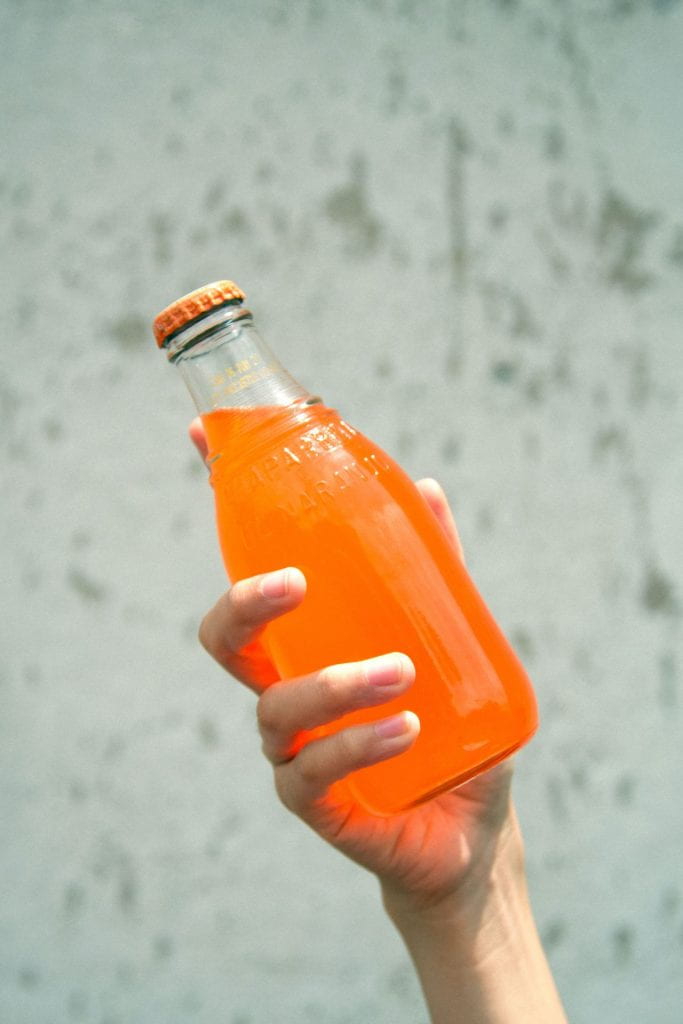
Sugar-Sweetened Beverages (SSB) are forms of liquid that contain any additive sugars and are usually popular as carbonated sodas, fruit juices, and sports drinks today. Intervention strategies reducing availability of SSB at home prove to be more effective in reducing total consumption in children than intervention strategies that reduce availability of SSB outside of home according to a recent study, An agent-based model of child sugar-sweetened beverage consumption: implications for policies and practices, conducted by Matt Kasman, Ross A Hammond, Rob Purcell, Benjamin Heuberger, Travis R Moore, Anna H Grummon, Allison J Wu, Jason P Block, Marie-France Hivert, Emily Oken, and Ken Kleinman.
Utilizing descriptive data from the Project Viva cohort, the authors merged the data with an agent-based model to find explanations for drivers in SSB consumption despite difficulties that usually arise in complex systems like: interdependence, adaptivity, and heterogeneity.
“We turned to a large body of extant qualitative and quantitative descriptive literature to design an ABM that meaningfully represents the dynamic system of factors that drive young children’s SSB consumption,” said the authors. “Simulated consumption was a dynamic function of effective SSB availability in different settings, including time spent in home, childcare, and grade school,” they added.
Subsequently, the model was applied experimentally to determine effects of different interventions on reducing SSB consumption in children depending on their settings, and establishing “no intervention” as the baseline, the authors “calculated intervention impact in terms of distributions of average, weekly consumption of SSBs across repeated simulation runs.”
“Our selection of intervention strategies to examine using our ABM was informed by a review of policies and practices that have been recently implemented or discussed by policymakers and practitioners,” said the authors.
“Simulation results indicated our model has a high degree of explanatory power based on its ability to produce consumption trends similar to observational data from the Project Viva cohort. This builds confidence that we have captured the underlying mechanisms sufficiently well so that results from counterfactual scenarios may meaningfully represent what consumption patterns might look like under conditions in which interventions successfully effect changes in policy and practice,” said the authors.

Given the proven reliability of the agent-based model in conceptualizing the dynamics around SSB consumption, results showed that interventions aimed to reduce levels of consumption were more effective in doing so by reducing SSB in homes than environments outside of home (childcare/school setting). “Our most interesting and potentially policy-relevant finding is that home-based interventions have the greatest potential for reducing consumption. This makes sense, as young children spend the most time in this setting and SSB availability at home is not restricted by any formal rules. It also suggests a tantalizing opportunity for future action.”, said the authors.
It is apparent that the majority of policies aimed to reduce SSB consumption in children today revolve around state-level policies and school-based interventions focused in school settings. However, when accounting for the fact that students spend most of their time at their home setting and the lack of restrictions they have to access SSB, an uptick in intervention strategies targeting at-home consumption should be heavily considered.
“Our research indicates that finding ways to effectively intervene in the home setting, optimally supplemented by action that targets other settings, might yield much greater impact. Thus, investment of resources into identifying such strategies is merited.”
This journal article can be viewed and accessed here.